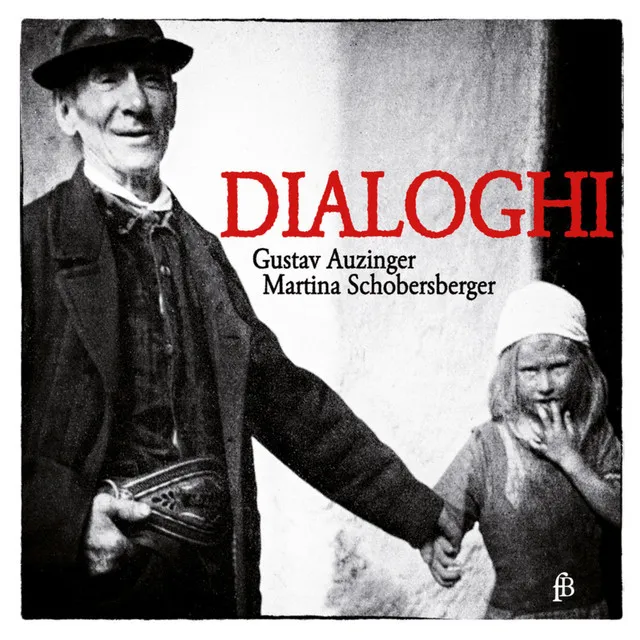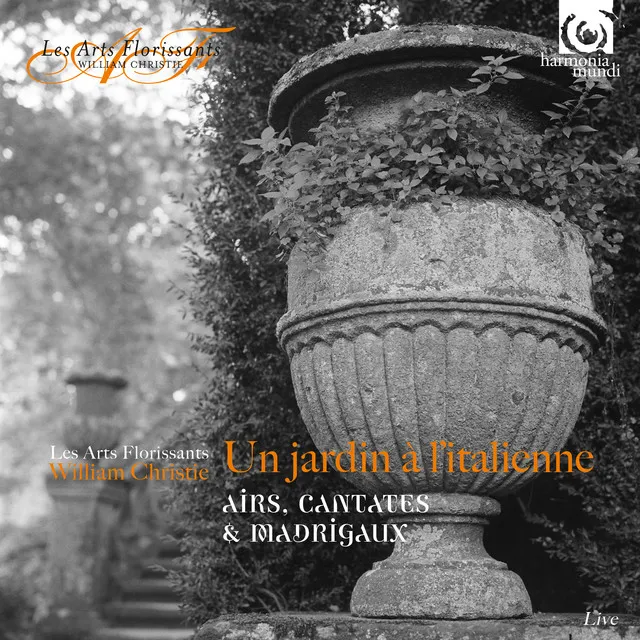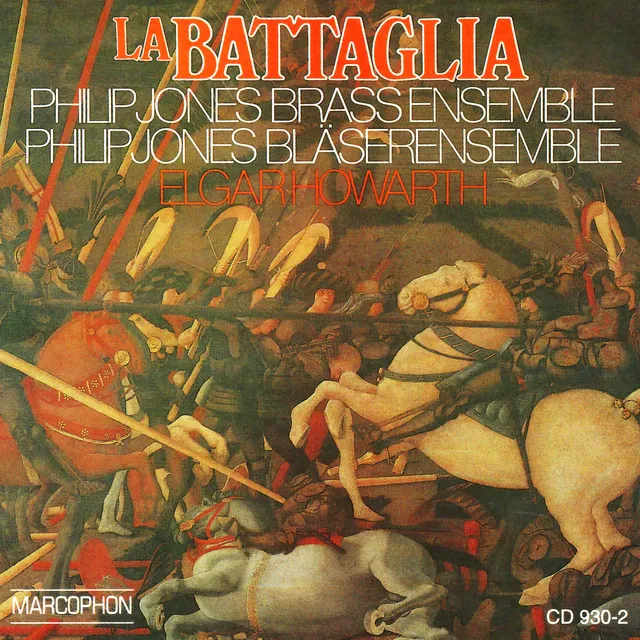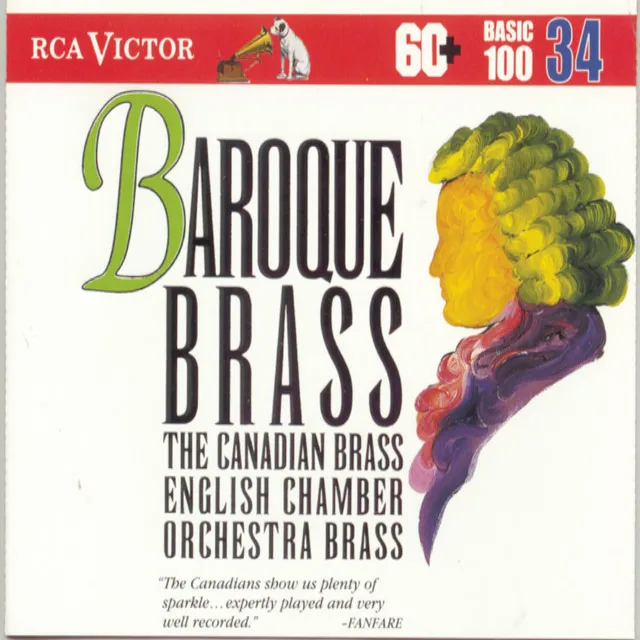Born Tomaso Banchieri in Bologna, Banchieri was named "Adriano" when he started his novitiate in the Olivetian (Benedictine) monastic order in 1589. Banchieri studied with Gioseffo Guami and was best known as an organist. From 1592 to 1609, he held posts at monasteries and in churches in Lucca, Imola, Venice, and Verona. He settled in 1609 at the monastery of San Michele, in Bosco, on the outskirts of Bologna. In 1610, Banchieri participated in the canonization celebrations in Milan held in honor of San Carlo Borromeo. In 1615, Banchieri founded an early society for instrumental music, the Academia del Floridi; Claudio Monteverdi joined in 1620. As his health failed, Banchieri left Bosco and resettled in Bologna, where he died in 1634.
Banchieri's output consists of almost equal amounts of sacred and secular music; nearly all of it was published during his own lifetime. The sacred music, consisting of 12 mass settings, psalms, motets, and other works, has elicited mixed reviews by scholars. Some note the conservatism of the masses, said to be in concord with the recommendations of the Council of Trent. However, others write that Banchieri's greatest innovations are to be found in his sacred music. From a middle-ground perspective, it's worth noting that Banchieri's Concerti ecclesiastici of 1599 are set for two four-part choirs with a figured bass, placing them among the earliest known examples of sacred music with a fully functional instrumental part.
Banchieri' s first publication is a collection of canzonas that appeared in 1596; he subsequently published works (a small part of his output) intended for instruments alone. Banchieri was also a prolific author of treatises that have proved invaluable in studies of seventeenth century performance style. In his theoretical writings, he describes methods of realizing figured-bass accompaniment, executing vocal ornaments, and introduces elements of notation such as the use of the "modern tie," barlines and accenting within a bar. He was also one of the first composers to make use of expression marks.
Banchieri's most influential works are his "Madrigal Comedies," which, like the masses, are 12 in number; spanning from the popular La pazzia senile of 1599 to Trantiniamenti da villa in 1630. Banchieri's madrigal books are arranged within the context of a related theme, and are meant to be performed as a whole evening's entertainment, somewhat akin to musical comedy revue. Banchieri was thoroughly in touch with the often coarse and bawdy secular humor of his day; as his pseudonymous popular novella, The Nobility of the Ass (1595) demonstrates. This jocose quality is encountered everywhere in Banchieri's Madrigal Comedies. Il Festino del Giovedi Grasso contains a number entitled "Contrappunto bestiale alla mente" in which his singers cuckoo, hoot, meow and woof. Banchieri was an expert on the dialects of northern Italy, and a veritable Tower of Babel of these dialects may be found in his Barca di Venetia per Padova of 1605. Appreciated by seventeenth century audiences, the earthiness of Banchieri's madrigals has remained appealing throughout the centuries.
Banchieri fits the true designation of a "renaissance man," given his interests in the sacred and secular, music theory, literature, linguistics, and architecture. In music, Banchieri foresaw trends that were leading toward Baroque style, but never composed opera, preferring instead to cultivate the Madrigal Comedy to its highest degree of artistic achievement, irreverence, and popular appeal.




